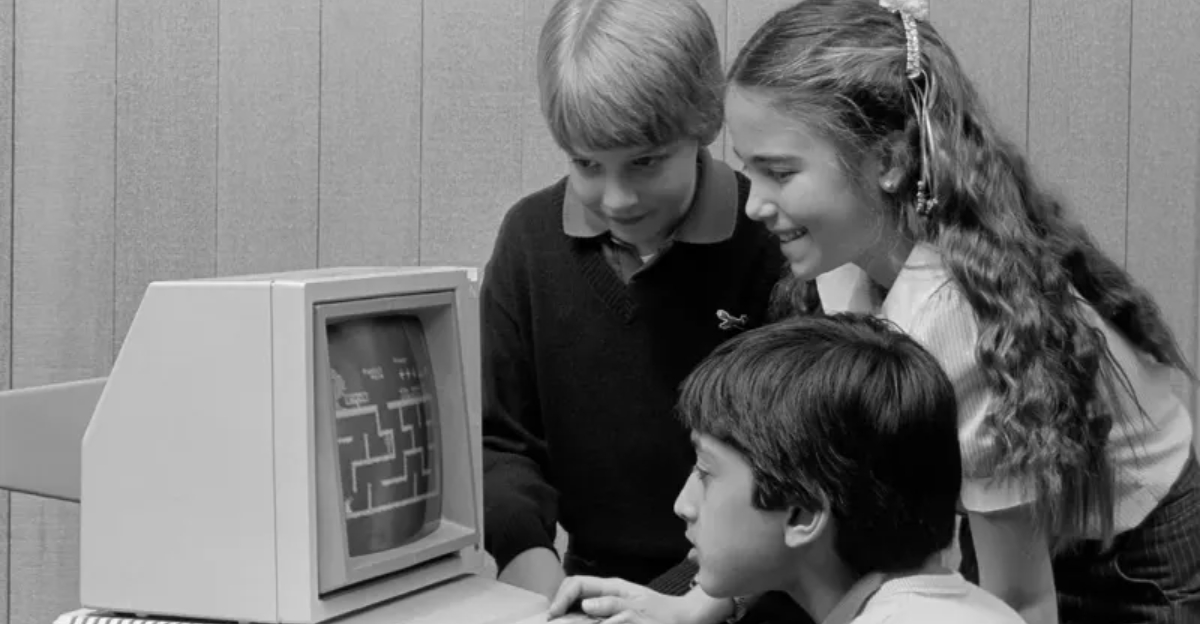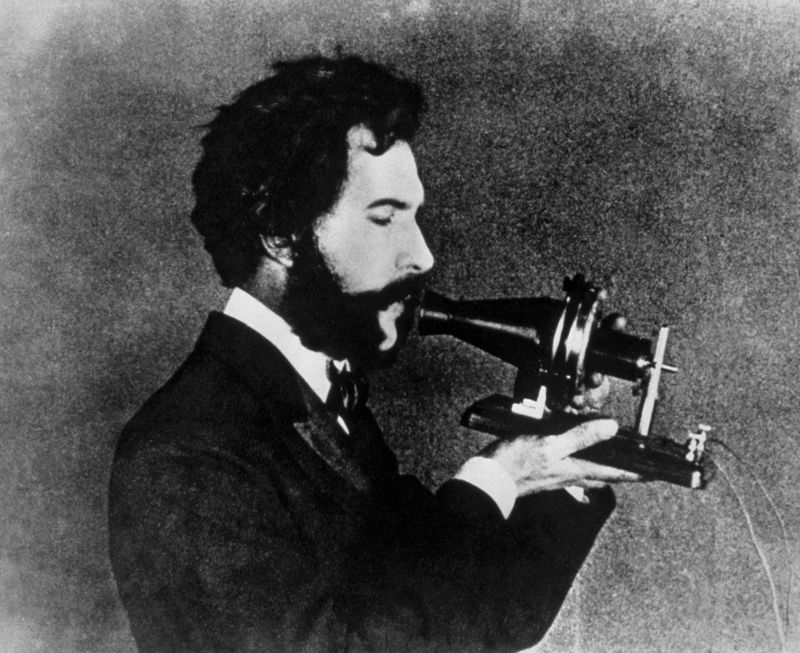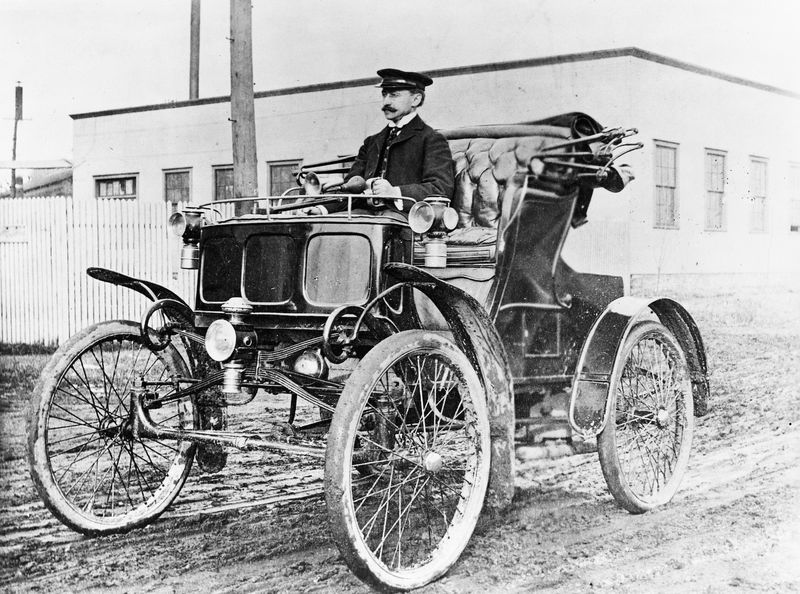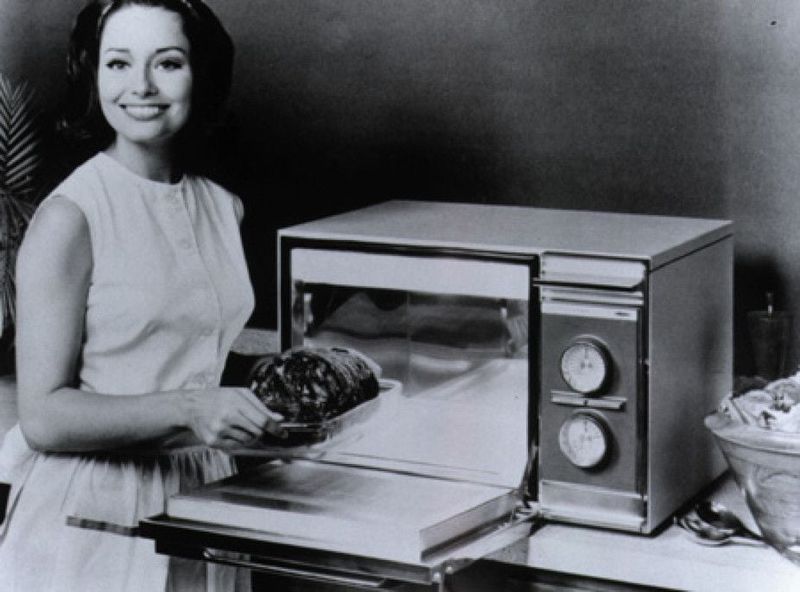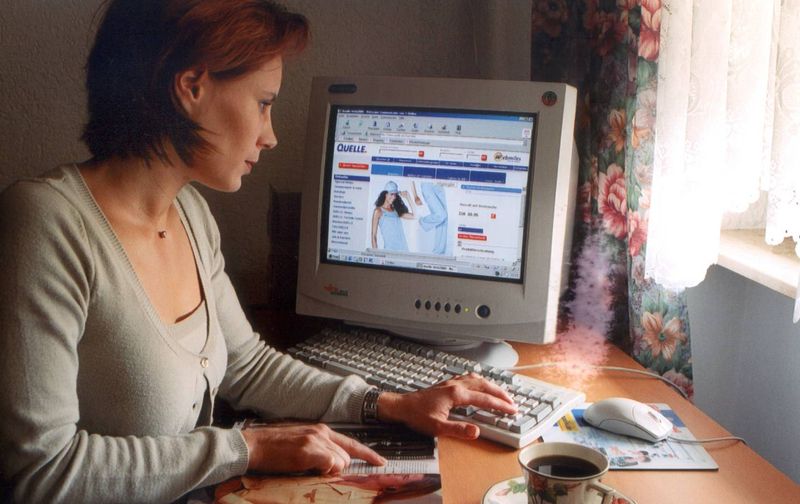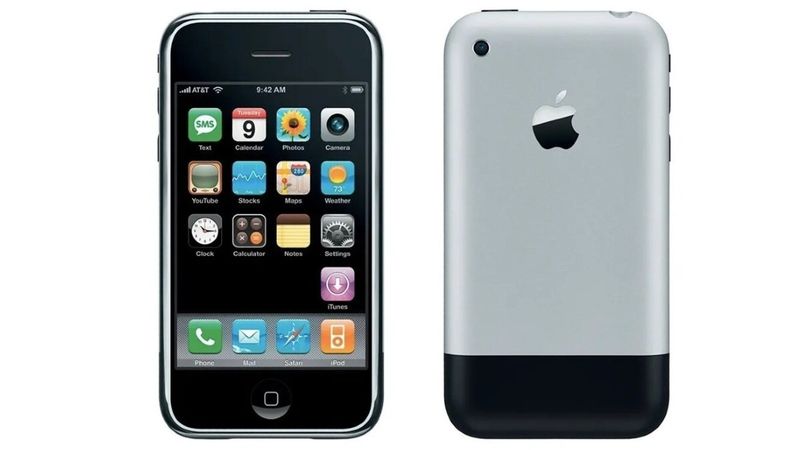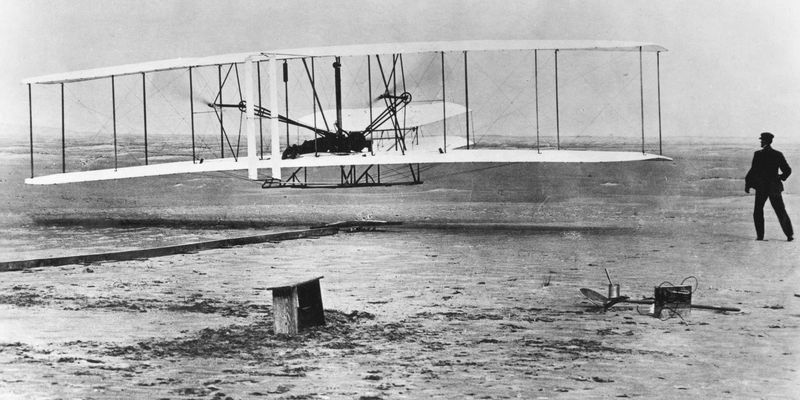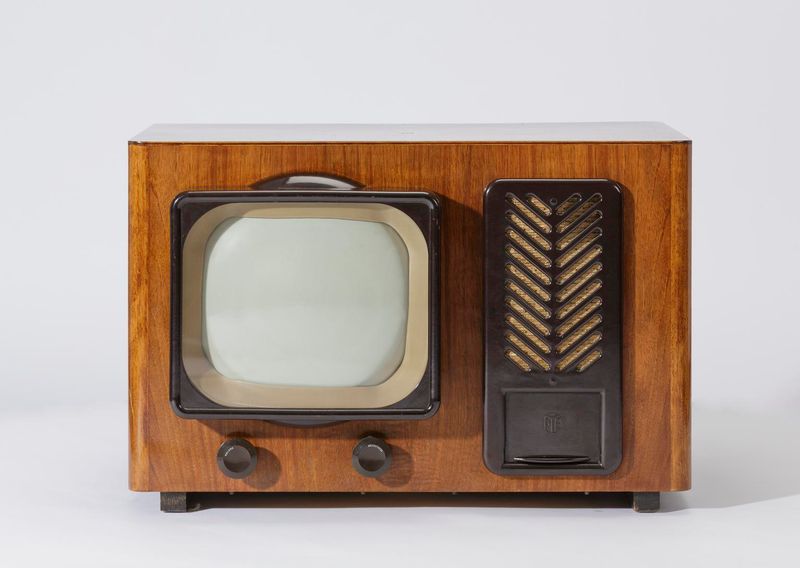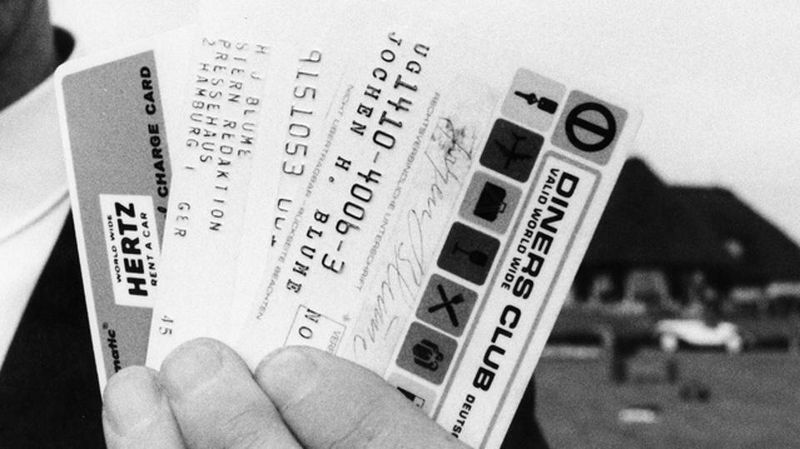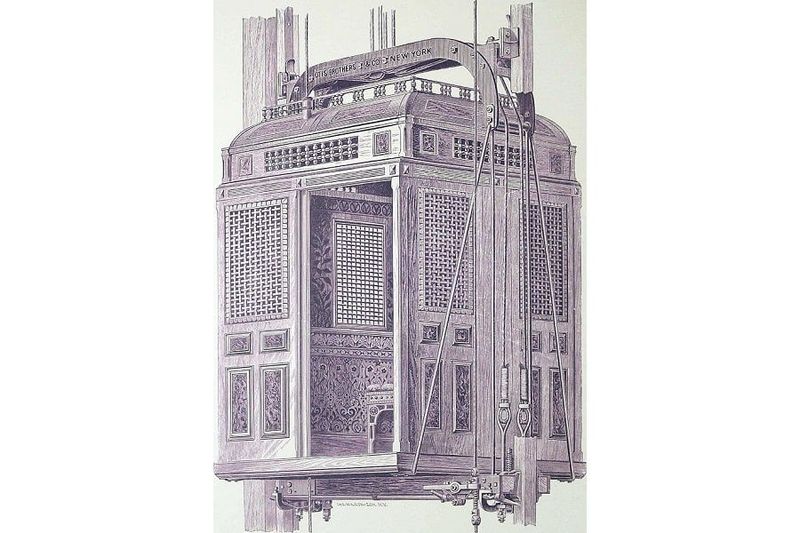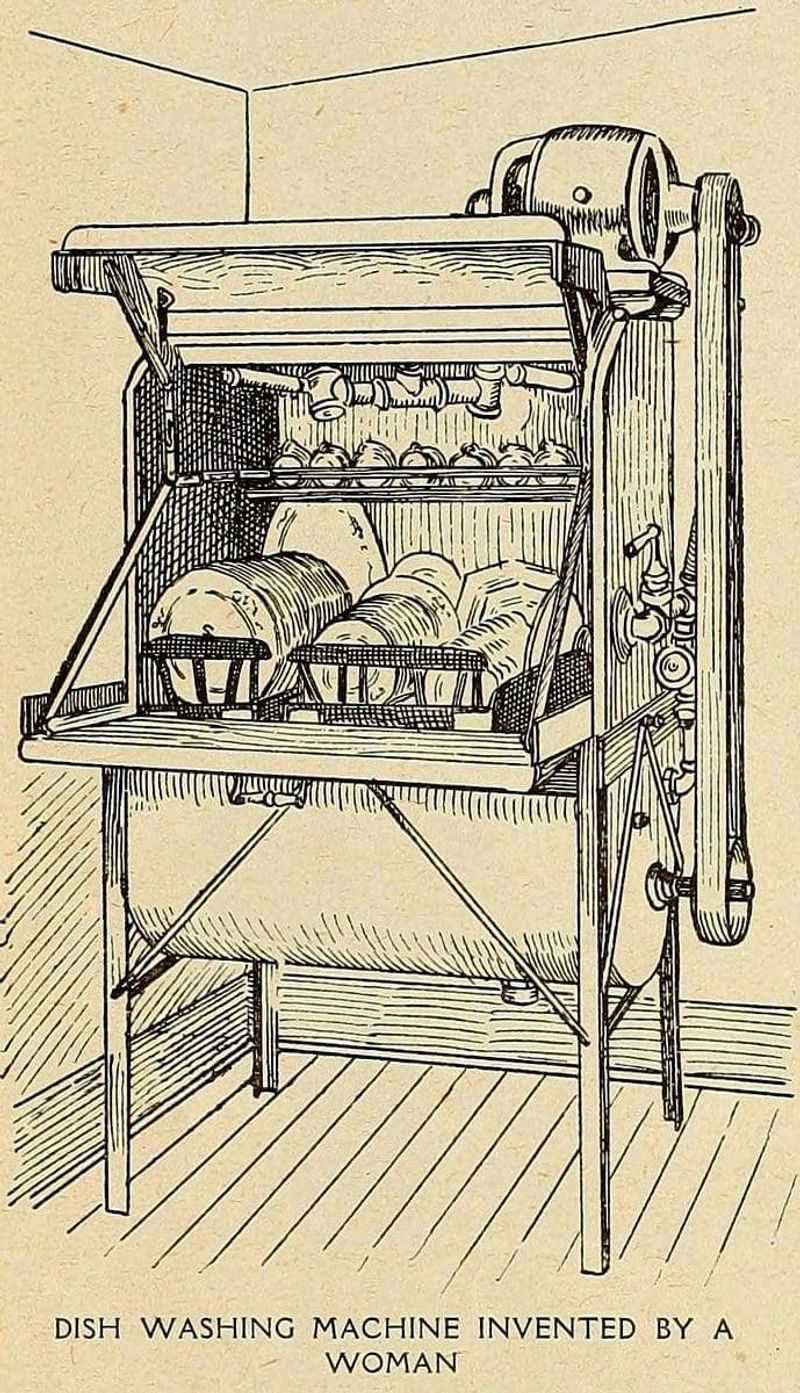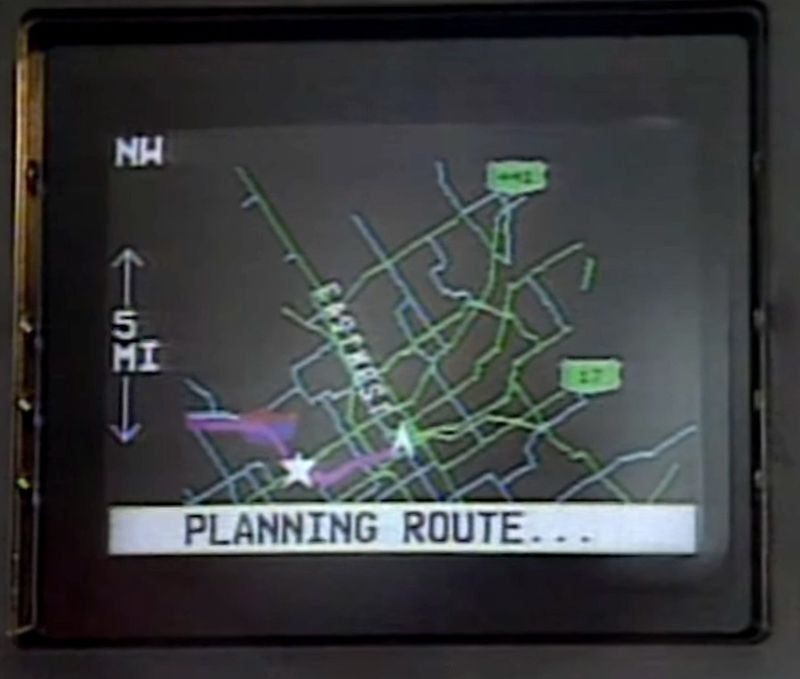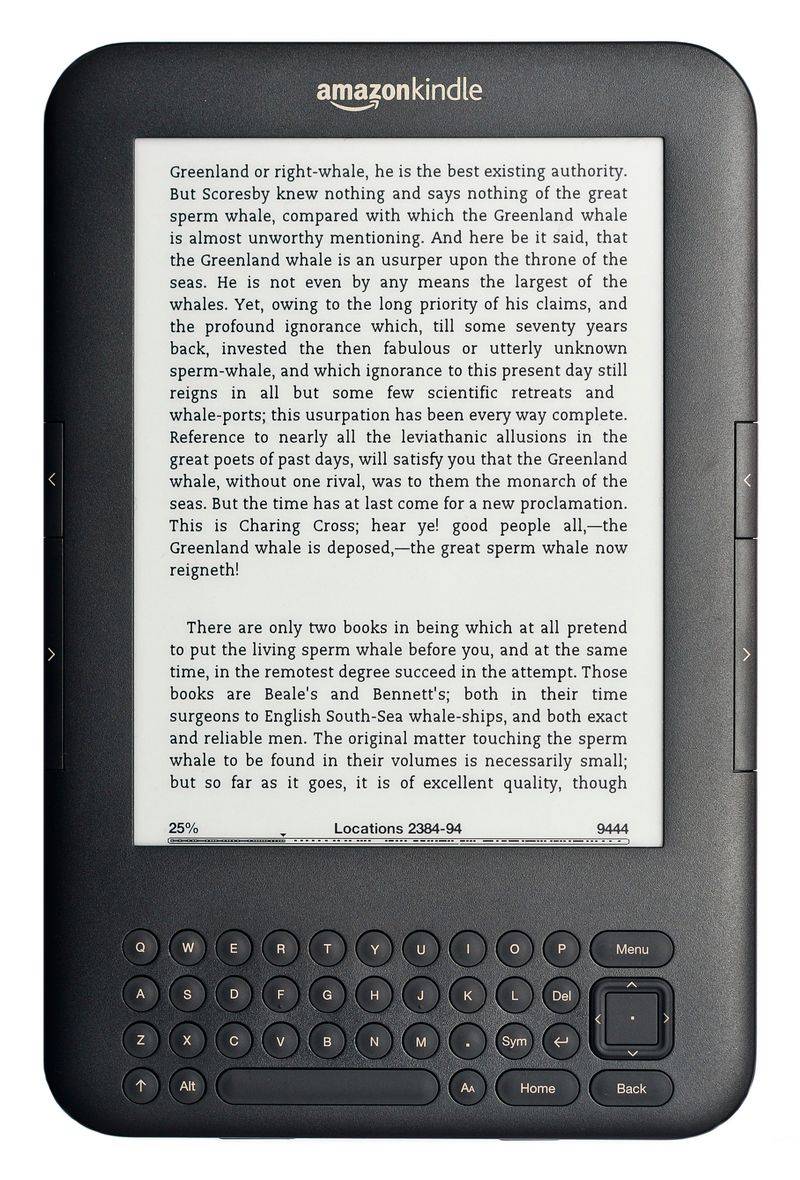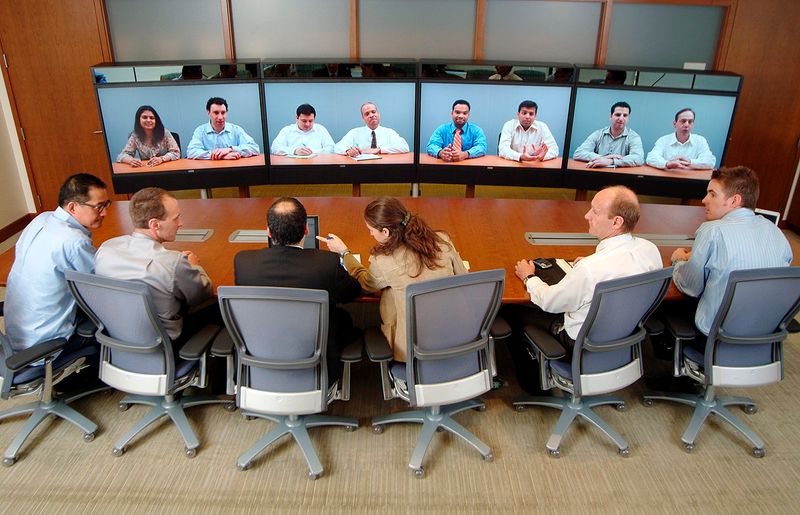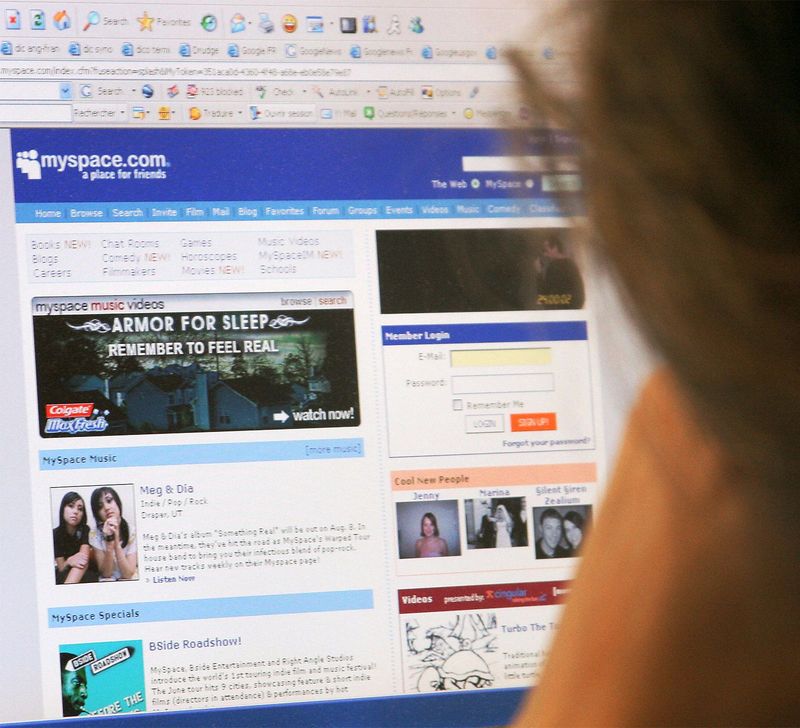In the world of innovation, some inventions initially faced ridicule and skepticism. From communication to transportation, these inventions have become indispensable in our daily lives. This blog post explores twenty such inventions that were once mocked but now are integral to how we live and work.
1. The Telephone (1876)
In 1876, the telephone emerged as an innovation that many viewed with skepticism. Alexander Graham Bell’s ‘talking telegraph’ faced criticism, with people questioning its necessity. Today, it stands as a cornerstone of global communication, connecting voices across continents.
2. The Automobile (Late 1800s)
When automobiles first appeared in the late 1800s, critics argued that horses were faster and more reliable. These noisy and expensive machines were seen as impractical. However, automobiles revolutionized transportation and became central to modern life, allowing for unprecedented mobility.
3. The Microwave Oven (1945)
The microwave oven arrived in 1945, met with fear and curiosity. People worried about cooking with invisible rays, fearing radiation or spoiled food. Despite these concerns, microwaves became a ubiquitous kitchen appliance, providing convenience and speed in food preparation.
4. The Personal Computer (1970s-80s)
In the 1970s and 80s, the personal computer was considered a niche gadget for hobbyists. Critics wondered why anyone would need a computer at home. Yet these devices now power work, education, and entertainment, transforming daily activities and productivity worldwide.
5. The Internet (1990s)
When the internet burst onto the scene in the 1990s, it was dismissed as a fad for nerds. Few predicted its impact on modern life, yet it now drives communication, commerce, and information flow, fundamentally changing how we interact with the world.
6. Smartphones (2007 Onward)
Before the iPhone debuted in 2007, many questioned the need for a phone that did more than make calls. Smartphones have since evolved into essential tools for photography, navigation, and connectivity, cementing their place in daily life and redefining communication.
7. Airplanes (Early 1900s)
In the early 1900s, airplanes were deemed dangerous stunts. People believed flight was meant for birds, not humans. Despite initial skepticism, air travel became the fastest and most efficient way to traverse the globe, connecting distant places in unprecedented ways.
8. Television (1920s-30s)
Television was introduced in the 1920s and 30s, met with doubts about its appeal. Critics argued that radio sufficed for entertainment and information. However, TV grew into a multi-billion-dollar industry, reshaping leisure and media consumption on a global scale.
9. Electric Light Bulb (1879)
When Thomas Edison unveiled the electric light bulb in 1879, people doubted it could replace candles and gas lamps. The electric bulb revolutionized lighting, providing instant and reliable illumination, and is now a fundamental component of modern living.
10. Refrigerators (Early 1900s)
Early refrigerators in the 1900s were expensive and deemed unreliable. Many trusted iceboxes over electric cooling. However, refrigerators became crucial for food preservation, improving safety and convenience in kitchens worldwide as an essential household appliance.
11. Wristwatches (Early 1900s)
Initially seen as feminine and impractical, wristwatches in the early 1900s were ridiculed by those accustomed to pocket watches. Over time, they became essential for timekeeping, evolving into both a functional accessory and a fashion statement, including smartwatches.
12. Credit Cards (1950s)
In the 1950s, credit cards were introduced to skepticism, as cash was king. Many saw the idea of plastic money as reckless. Today, credit cards are central to financial transactions, promoting cashless economies and revolutionizing consumer spending habits.
13. Elevators (1850s)
The invention of elevators in the 1850s faced fears of mechanical failure. People hesitated to trust machines with their safety. Elevators have since become indispensable in modern architecture, enabling the construction of skyscrapers and transforming urban landscapes.
14. Vaccines (1796 Onward)
The introduction of vaccines in 1796 with Edward Jenner’s work faced skepticism. Injecting cowpox to prevent smallpox seemed absurd, yet vaccines have saved millions of lives, becoming a cornerstone of public health and disease prevention worldwide.
15. Dishwashers (Early 1900s)
Dishwashers introduced in the early 1900s were seen as luxuries for the lazy. Hand washing was considered sufficient. Over time, dishwashers proved their worth, saving time and effort in kitchens, and becoming a standard appliance for households seeking convenience.
16. GPS (1980s-90s)
Originally developed for military use, GPS technology in the 1980s and 90s puzzled civilians who relied on maps. Today, GPS is integrated into smartphones, transforming navigation, travel, and logistics, and becoming a vital tool for daily commuting and exploration.
17. Wireless Headphones (2000s)
Wireless headphones, emerging in the 2000s, faced skepticism as many questioned the need to cut cords. Wired headphones seemed fine. Yet, wireless technology gained popularity, offering freedom and convenience, becoming a must-have accessory for music lovers.
18. E-Books (1990s-2000s)
E-books in the 1990s and 2000s challenged the notion that only printed books were real. Though print persists, e-readers transformed reading by offering portability and accessibility, changing how literature is consumed and making vast libraries available to many.
19. Video Calling (1960s-2000s)
Video calling technology, from its 1960s inception, was seen as futuristic and unnecessary. People questioned why anyone would want to be seen while talking. Today, platforms like Zoom and FaceTime are integral to personal and professional communication, bridging distances.
20. Social Media (Early 2000s)
In the early 2000s, social media was met with skepticism, as critics wondered who cared about sharing daily activities. These platforms have since grown into powerful tools for connection, expression, and information, with billions engaging in digital communities.
